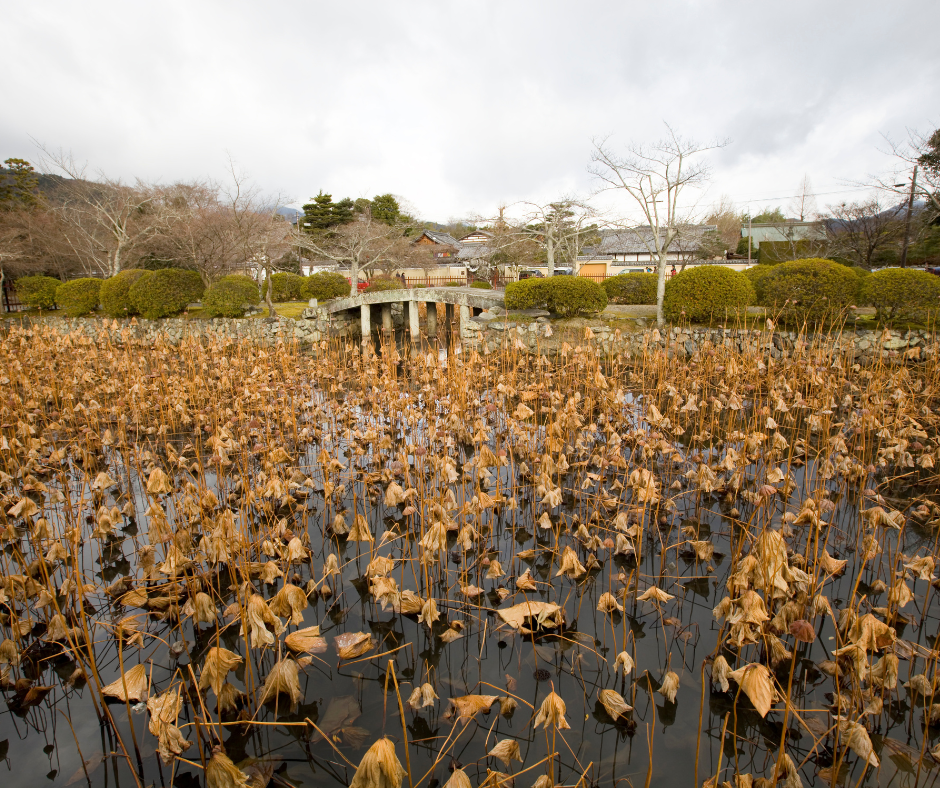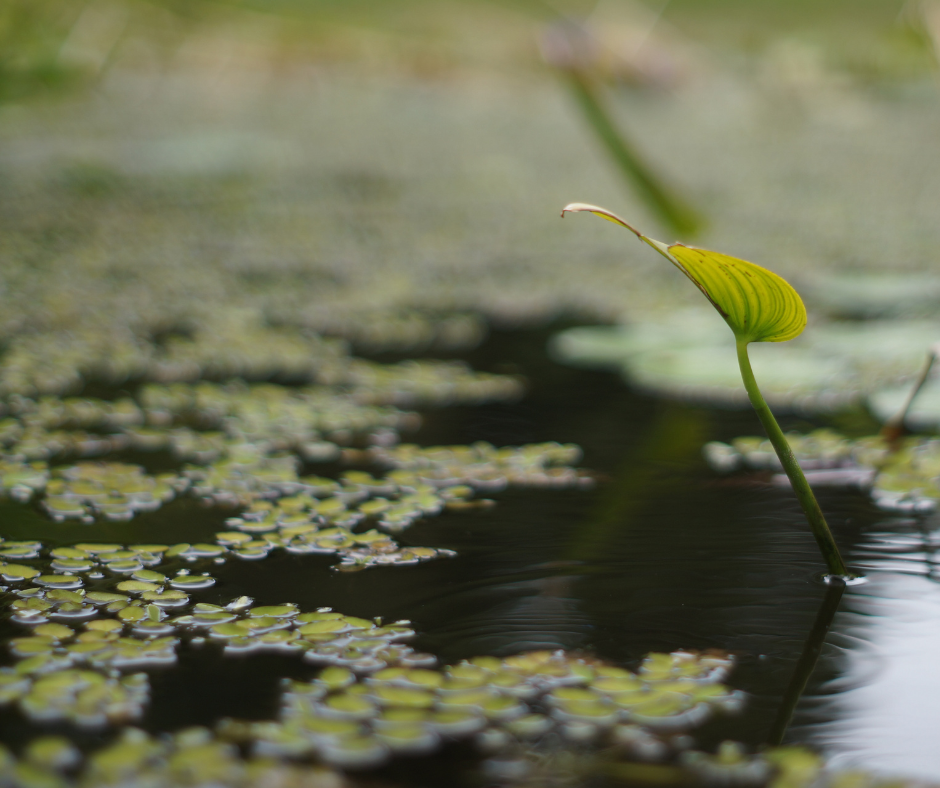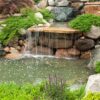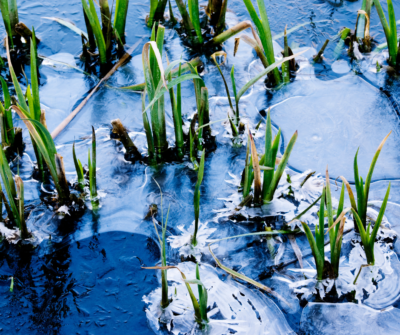If you have a pond, you’ve probably wondered whether or not it’s a good idea to aerate your pond. Aeration is the process of adding air to water. It’s often done to improve the quality of water and keep it from getting stagnant. So how do you know if your pond needs aeration? Here are 5 reasons to aerate your pond:
1. Aeration reduces pond muck

Aeration reduces pond muck. The addition of an aerator to your pond allows dissolved oxygen to be released into the water column. As this oxygen mixes with the bottom sediment it helps to break up any organic material that may be present. Aeration also has a direct impact on reducing algae growth. As algae grows in a stagnant water body, it uses up oxygen and produces carbon dioxide, thus lowering the amount of dissolved oxygen available for fish and plants. This results in lower levels of dissolved oxygen at the bottom of the pond, where fish and plants live.
2. Aeration improves water quality

Aeration improves water quality by increasing oxygen levels, which helps eliminate harmful bacteria that can cause disease in pond inhabitants. If you have fish or other aquatic animals in your pond, they need a certain amount of dissolved oxygen to survive and thrive. Without adequate amounts of this gas, they will die off or become sickly and weak over time. Aerating your pond provides more dissolved oxygen than would normally exist in still water because air bubbles rise from the bottom up into the water column as they are pushed by an air pump or fountain head. More oxygen means better water quality for your fish and other aquatic creatures.
3. Aeration boosts dissolved oxygen levels

Aeration is the process of adding oxygen to water. Without aeration, ponds can become stagnant and anaerobic (lacking oxygen). Aeration can be accomplished by using a pond pump or fountain, or by simply flooding your pond with water from your hose. However, the latter option is not practical if you want to keep your plants healthy and vibrant.
Aeration helps maintain dissolved oxygen levels in your pond, which is essential for healthy fish and plant life. Dissolved oxygen is the amount of O2 available in the water column at any given moment. When dissolved oxygen levels drop below 5 parts per million (ppm), fish and other aquatic organisms will begin to suffer from hypoxia (a lack of dissolved O2).
So why do we care about dissolved oxygen levels? Dissolved oxygen is critical for fish health because it provides them with the ability to extract nutrients from their food, as well as helping combat disease-causing pathogens (Bergelson et al., 2010; Coleman et al., 2007). The lower the dissolved oxygen level becomes in your pond, the more likely it is that your fish will experience health problems like fin rot, mouth fungus or swim bladder disorder (Bergelson et al., 2010; Coleman et al., 2007).
4. Aeration prevents stagnation in winter months

If you live in temperate climates where temperatures drop below freezing during winter months, it’s important to make sure that your fish have access to enough oxygen throughout the entire year — not just when temperatures are milder! Aeration is essential for keeping water moving through winter months so that fish don’t suffocate from low dissolved oxygen levels caused by cold weather conditions (like ice formation).
5. Aeration eliminates the thermocline

Thermoclines are a layer of water that separates warmer water from colder water. They usually form in ponds during the summer months when the temperature of the water is close to or above 80 degrees.
As the day progresses and temperatures rise, warm water rises to the surface while cold water sinks to the bottom creating an area of stillness called a thermocline.
This stillness can be harmful to your fish and plants by limiting their access to oxygen, food and sunlight. A pond that has an aerator installed will have its own unique pump system that circulates water through an intake pipe at the bottom of your pond into an air compressor where it is pressurized with air before being released back into your pond through another pipe at the surface level.
This process causes turbulence in the pond which mixes oxygenated air into all levels of your pond ensuring that all fish, plants and other organisms have access to sufficient amounts of oxygen no matter where they are located.
6. It lowers ammonia levels

Ammonia is produced from decaying organic matter such as dead leaves and algae blooms that build up in ponds over time. It can be harmful for fish if levels get too high because it’s toxic for them to breathe in or absorb through their gills when dissolved into their bloodstreams from their environment (especially from untreated municipal tap water).
7. Aeration reduces the risk of a fish kill

Aeration is the process of introducing air into water. Aeration can be achieved using a variety of methods including mechanical and biological techniques. The addition of oxygen to your pond promotes aerobic bacterial growth which in turn helps break down organic matter in the water column. Aeration reduces the risk of a fish kill by improving overall water quality, which allows for healthy fish populations.
The oxygen created by aeration will allow more fish to survive during periods of heat stress or low dissolved oxygen levels. When you combine the effects of aeration with other techniques such as water treatment and proper stocking density, you can keep your pond healthy and thriving for years to come.
If your pond is not properly aerated, there is a higher chance that fish will die. Without oxygen, fish cannot survive for long periods of time. Aeration reduces this risk by keeping your pond’s water well oxygenated so that fish can stay healthy and live longer lives.
8. Reduces mosquito breeding grounds
Mosquitoes breed in stagnant water because they need still waters with high temperatures for their eggs to hatch. If you have an aerator installed in your pond, it will constantly move around the water so there will not be any areas where mosquitoes can lay their eggs without having them being moved away from these areas by the aerator pumps. This will greatly reduce the number of mosquitoes in your area because they need still waters to lay their eggs in order for them to grow into adult mosquitoes.
All of the above reasons to aerate are enough to convince a pond owner and as the winter is approaching it is imperative to take precautionary measures in order for your pond to survive and thrive.










